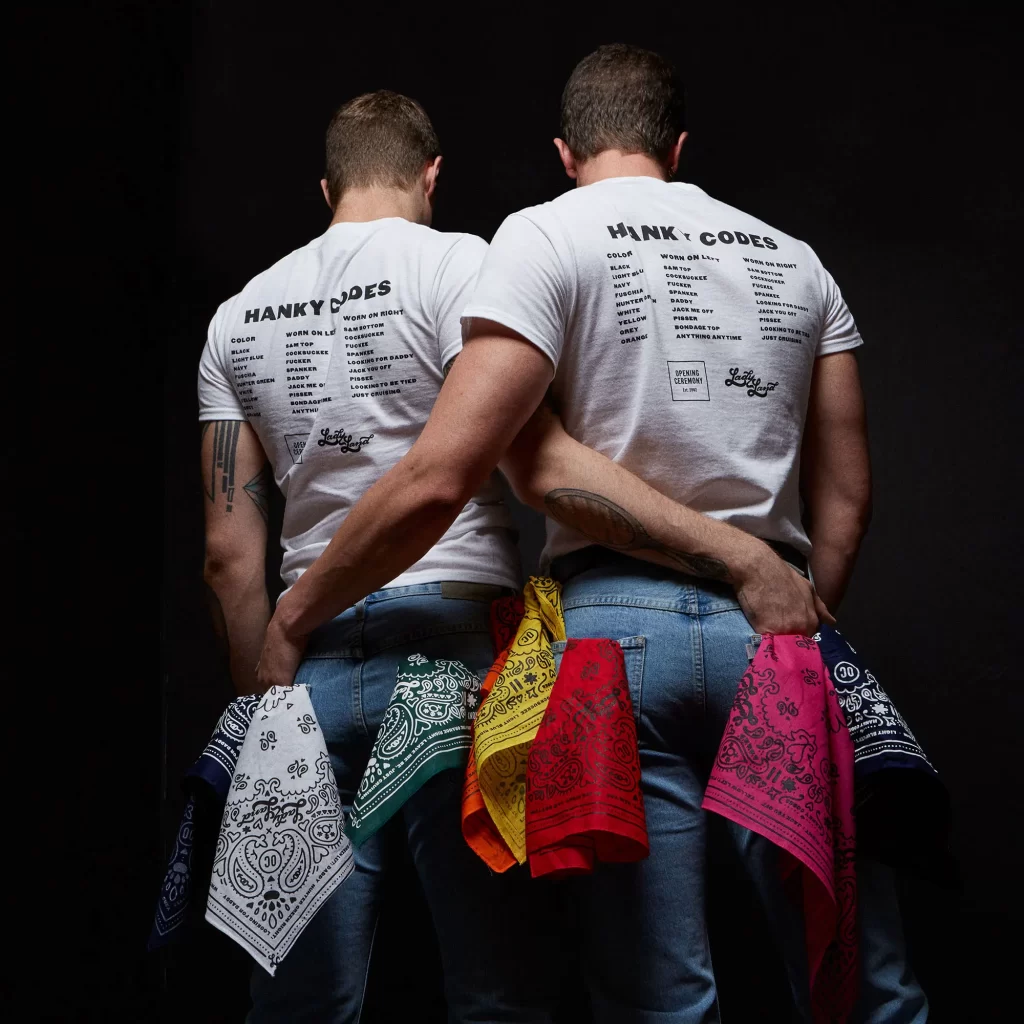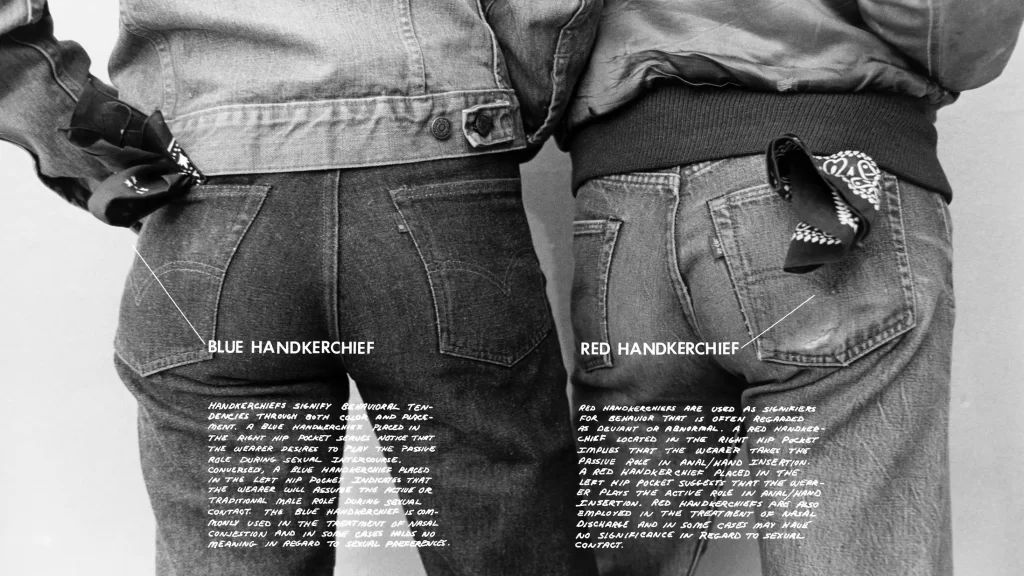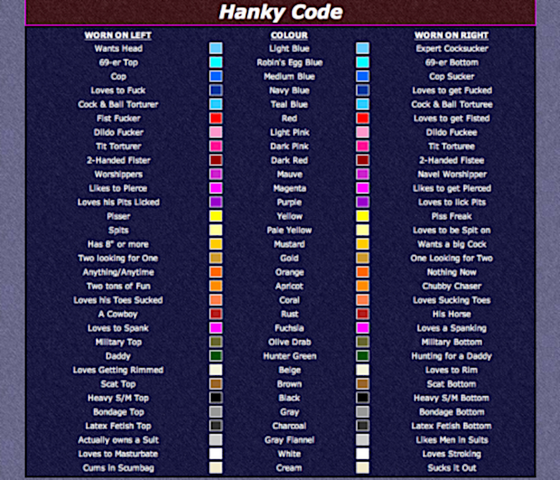Social media has undoubtedly eased communication around the world. Through Instagram, Facebook, or YouTube, individuals can connect with their favourite content creators, slide into their DMs, collaborate, and share ideas. But do dating apps fit into social media? They would, as their name denotes. Technology has even made dating easy. All of us have (talking about a large majority of Gen Z and Gen ɑ, and also some Boomers and millennials) atleast once given into the existential crisis and signed up for dating apps. Henceforth begins the tumultuous questioning sessions of elusive salutations, feigned interest, and pretension; all boiling down to the one supreme question – “What You Lookin’ For?”
TTMH – Talk to My Handkerchief
The appropriate (and seldom honest) answer to ‘wat u in2?’ would determine whether the relationship (romantic, sexual, or otherwise) will last. As we sit behind our screens, it gives us solace in anonymity, far from the judgements and scrutiny of society to be our true colours. A simple array of words stringed together (for example, Nah! I’m Good!) speaks volumes and throws unwarranted attention off our backs. The New York City’s Metropolitan Transportation Authority (MTA) incited citizen journalism and statements with their ‘If you see something, say something’ to combat terrorism. The same slogan, albeit with a distinct context can be used on dating apps. However, disclosing your preferences wasn’t as easy as it is now. Thus developed the handkerchief code.

What is The Hanky Code?
The handkerchief code is also known as the hanky code, the bandana code, or flagging. It is a form of non-verbal communication based on the colour and placement of the handkerchief connoting the wearer’s sexual proclivities, kinks, and fetishes. With only a glance, ‘interested’ parties could correctly assess their compatibility and interests. Earlier, black, blue, red, white, and yellow were the most accessible, as they were the only colours that handkerchief companies produced. With the creation of synthetic dyes and the introduction of different materials, the hanky code became discursive.

When we think of a bandana, we imagine a spaghetti Western, miners, steam railroad engineers, and the patriarchal division of errands. This is actually where the handkerchief code was taken. Originating in the mid and late 1800s, the hanky code is said to have been popularised by the 1848 California Gold Rush. During this time, the men took on jobs as miners, moving away from their wives. As a recreation, they would square dance with other men. But who takes on the binary roles of women and men? The Hanky code had an answer. Based on the traditional notions, the blue represented the men and the red/pink represented the women. Accounts differ on whether it was the colours or the handkerchief’s placement which brought about the non-verbal tradition.

The diverse codified colours, akin to the colour of the pride flag, were readily accepted by gay men, about a century later. The Hanky code represented the sexual position and preference of the wearer. The US states started to decriminalise homosexuality in the early 1960s, with Illinois being the first to do so. However, there was still shame and ostracization attached to associating with the LGBT community. Hence, gay men had to resort to cruising in public parks and washrooms (as chronicled in Tom of Finland’s fables).
Progression of the Hanky Code?
While the nascent hanky code was used to eliminate the discussions surrounding recreational dances, the modern hanky code promoted sexual behaviour. Some accounts say that in 1971, the tabloid Village Voice carried an article, focusing on the using coloured handkerchiefs to connote sexual preferences rather than using keys. Regardless, the majority believes that the bandana code was promoted by the Trading Post, a department store in San Francisco specialising in sexual merchandise. Through printed cards recording the meanings of the handkerchief colours, the new semiotic language was created

The founder of Mr. S Leather, San Francisco – Alan Selby claims to have invented the hanky code in 1972 along with his business partners at Leather ‘n’ Things to sell out the accidental double stock of coloured handkerchiefs. ‘Bob Damron’s Address Book’ further popularised the handkerchief code. It detailed the addresses of gay havens, bathhouses, bars, and cruising spots. With every new edition, more colours were added to the existing list.

With the proliferation of leather and lace, the rampant use of handkerchief code subsided. The colour system had now expanded to leather harnesses, singlets, socks, and associated accessories. From the USA, the hanky code spread through Canada, Europe, Australia, and Asia, where it found notoriety in the latent fetish and BDSM underground scenes. With the advent of Grindr, Scruff, and other gay (social) apps, where the preferences could be simply ticked, the need for the hanky code became obsolete. At present, handkerchiefs and bandanas are nothing more than an accessory. But it is always refreshing to take a history detour.
Hankies – Blows Away More Than Just the Nose
The handkerchief code is a prime example of Symbolic Interaction (SI) in the sociological discourse. As can be gathered, symbolic interaction gives meaning to otherwise common objects, places, or people. However, symbolic interaction is only learned through experiences. Within the queer diaspora, the cumulative experiences of its member lead to community building. Hence, the handkerchief code acts as a particularly strong and efficient practice to homosocialisation, due to its virtue as a queer lexicon. It must go without saying, but the bandana code is not always an invitation for sex, but rather a conversation starter.

Image Courtesy – Garcon

Hi Ya’ll !!
I love writing about pop culture and all things queer.
Sub Editor at Abir Pothi





